Dávid Lévai
How to Build Truly Production-ready Apps - Modern JS-based SaaS Stack for Indie Devs and Small Teams
#1about 2 minutes
Differentiating feature completeness from production readiness
An application is production-ready when it meets user, marketing, and business demands, not just when its primary features are implemented.
#2about 4 minutes
A cautionary tale of a failed app
A client's application failed despite being well-coded because it lacked customer support, user onboarding, and a clear retention strategy.
#3about 3 minutes
Starting with strategy before writing any code
The ideal development process begins with discovering business, marketing, and user needs before jumping into design sprints or coding.
#4about 2 minutes
Essential security practices for your application
Secure your application by properly managing environment variables, using separate keys for different stages, and implementing database-level security.
#5about 2 minutes
Strategies for improving user engagement and retention
Guide users with effective onboarding emails, integrate a CRM early, and design meaningful empty states to encourage user action and retention.
#6about 4 minutes
Integrating SEO and marketing into your development plan
Basic SEO, keyword research, and marketing skills like email list building are crucial for developers to ensure their application reaches its target audience.
#7about 2 minutes
Managing operations, legal compliance, and budgets
Ensure your app is legally compliant with policies like GDPR and HIPAA, and set up budget alerts for cloud services to avoid unexpected costs.
#8about 2 minutes
An overview of low-code tools for a modern stack
Using low-code and no-code services for tasks like CRM, error handling, and authentication can significantly speed up development and reduce costs.
#9about 2 minutes
Selecting tools for error handling and authentication
Integrate third-party services for error reporting like Instabug and hosted authentication solutions like Auth0 or Firebase to streamline development.
#10about 3 minutes
Services for email, customer support, and billing
Choose specialized services for transactional emails, customer support chat, and payment processing, considering options like Merchant of Record for tax handling.
#11about 2 minutes
Choosing infrastructure, hosting, and status page tools
Leverage CDNs like Cloudflare for performance, modern hosting platforms like Vercel or Netlify for deployment, and status pages for transparency.
#12about 3 minutes
Key takeaways and recommended learning resources
Focus on user retention over features, prioritize security, learn marketing basics, and use existing tools to build faster and more efficiently.
#13about 12 minutes
Q&A on WordPress, tool selection, and collaboration
The Q&A covers topics such as using WordPress as a starting point, dealing with tool selection mistakes, and using Figma for designer-developer collaboration.
Related jobs
Jobs that call for the skills explored in this talk.
Matching moments
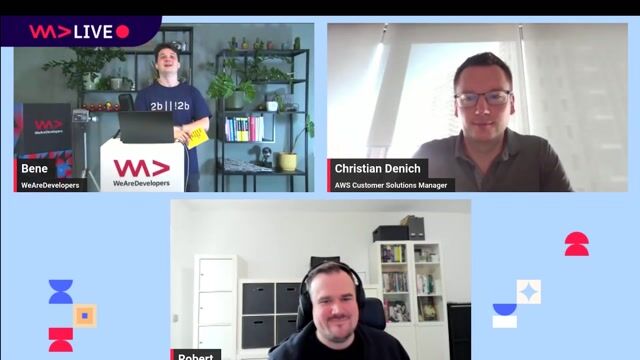
51:53 MIN
Q&A on shared systems and scaling productivity
Forget Developer Platforms, Think Developer Productivity!
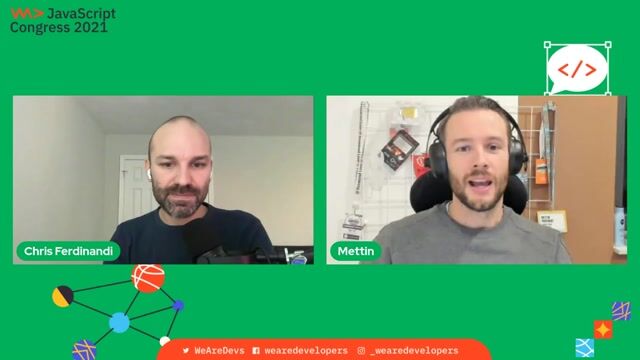
28:37 MIN
Q&A on refactoring SPAs and page transitions
The Lean Web

35:11 MIN
Answering questions on Remult's capabilities and use cases
Meet Your New BFF: Backend to Frontend without the Duct Tape

11:07 MIN
Key ingredients for hosting a successful developer event
Jelena Jelušić - Engineering Management Meetup Success Story Discover How to Host Events Engineers Love

00:15 MIN
Navigating the challenge of scaling a new codebase
Building a large, complex product from the ground up with typescript & Atomic Design:lessons learned
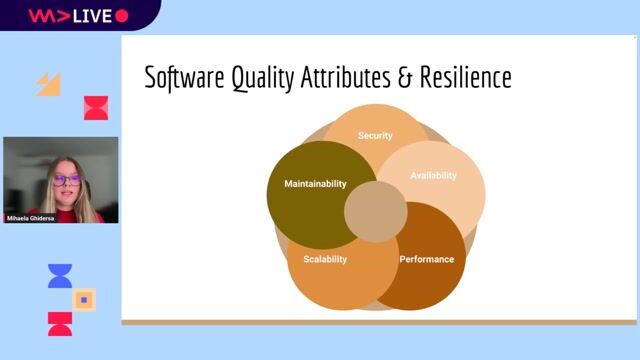
32:29 MIN
A practical starting point for individual developers
System Resilience: Surviving the Software Storm
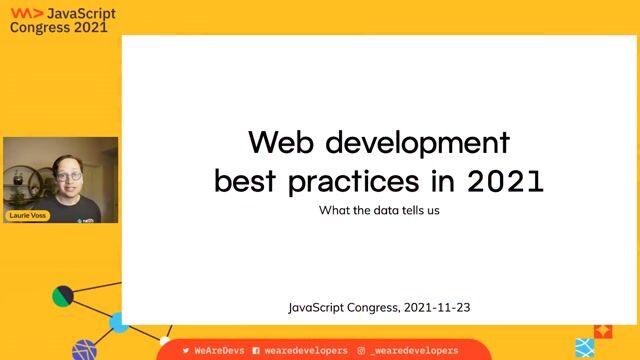
00:03 MIN
An overview of the 2021 web developer survey
Web development best practices in 2021
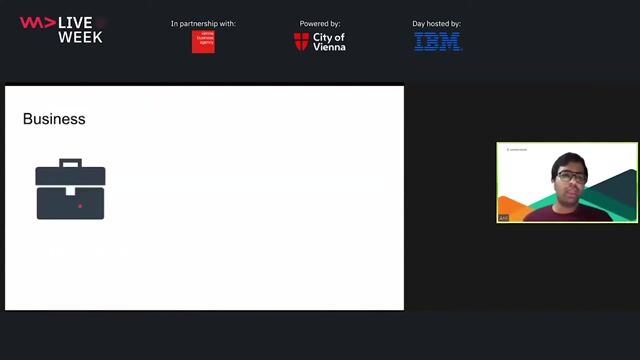
30:44 MIN
Business benefits like easy maintenance and speed to market
Headless and JAMstack - The State of Commerce Today
Featured Partners
Related Videos
 1:24:47
1:24:47Build Your Own Subscription-based Course Platform
Dávid Lévai
 50:44
50:44Coffee with Developers
David Levai
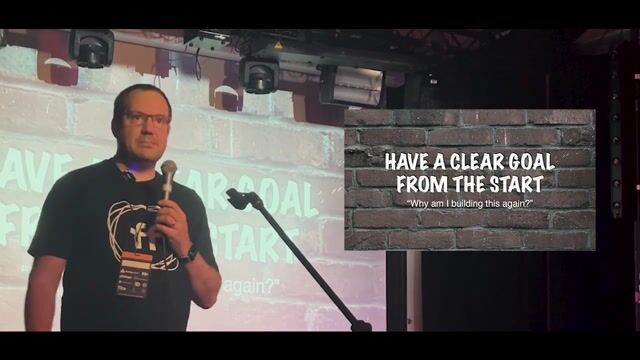 15:28
15:28Learning From My Side Project Mistakes
Jonathan Fielding
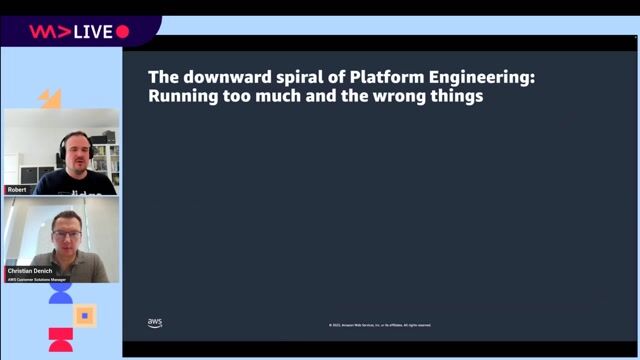 57:45
57:45Forget Developer Platforms, Think Developer Productivity!
Robert Hoffmann & Christian Denich
 40:24
40:24Snappy UI needs no Single-Page Application
Clemens Helm
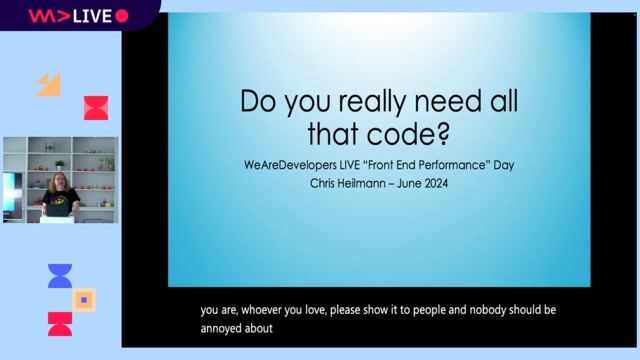 14:44
14:44Catching up on the basics you don't really need that much code
Chris Heilmann
 30:02
30:02Lessons learned from building a thriving Vue.js SaaS application
Abdelrahman Awad
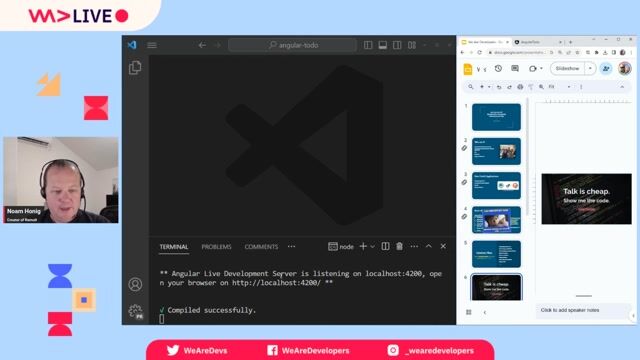 51:04
51:04Meet Your New BFF: Backend to Frontend without the Duct Tape
Noam Honig
From learning to earning
Jobs that call for the skills explored in this talk.

Lead Fullstack Engineer AI
Hubert Burda Media
München, Germany
€80-95K
Intermediate
React
Python
Vue.js
Langchain
+1

Lead Full-Stack Engineer
Hubert Burda Media
München, Germany
€80-95K
Intermediate
Senior
React
Vue.js
Node.js
MongoDB
+1

![Senior Software Engineer [TypeScript] (Prisma Postgres)](https://wearedevelopers.imgix.net/company/283ba9dbbab3649de02b9b49e6284fd9/cover/oKWz2s90Z218LE8pFthP.png?w=400&ar=3.55&fit=crop&crop=entropy&auto=compress,format)
Senior Software Engineer [TypeScript] (Prisma Postgres)
Prisma
Remote
Senior
Node.js
TypeScript
PostgreSQL

Senior Systems/DevOps Developer (f/m/d)
Bonial International GmbH
Berlin, Germany
Senior
Python
Terraform
Kubernetes
Elasticsearch
Amazon Web Services (AWS)



